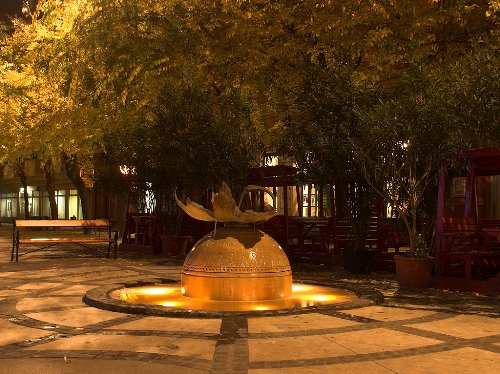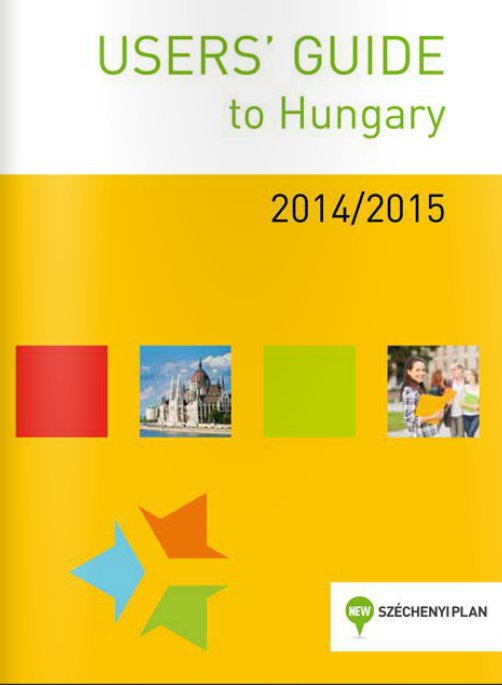
Users’ Guide to Hungary 2014/2015
(Click here to follow the link to the official offer)
Things to know about Hungary
Hungary lies at a latitude of between 45 and 49 degrees. Budapest is the capital of the country. In the words of a tour guide, Hungary is a country of beautiful harmony and diversity, natural resources, unique customs, special people, and great food, all in a space of 93 030 square kilometre.
Hungary has borders with seven countries: to the west with Slovenia and Austria, to the north with Slovakia, to the nort-east with Ukraine, to the east with Romania and to the south with Croatia and Serbia.
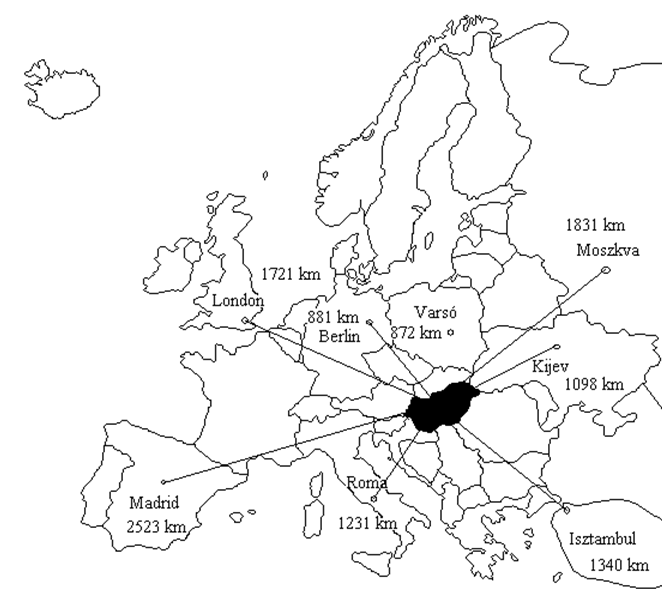
Things to know about Budapest
In 2003 Budapest marked the 130th anniversary of its foundation. Budapest, with almost two million inhabitants, is by far the most densely populated city, not only in the country but in Central Europe as a whole. One in every five Hungarian citizens lives in Budapest and over half the nation's GDP is produced in the capital.
Budapest tried to identify one particular field in which it could become an influential regional centre. Budapest's cultural and economic strengths are due mainly to the central role it plays as the capital of one of the most dynamically growing countries in the region.
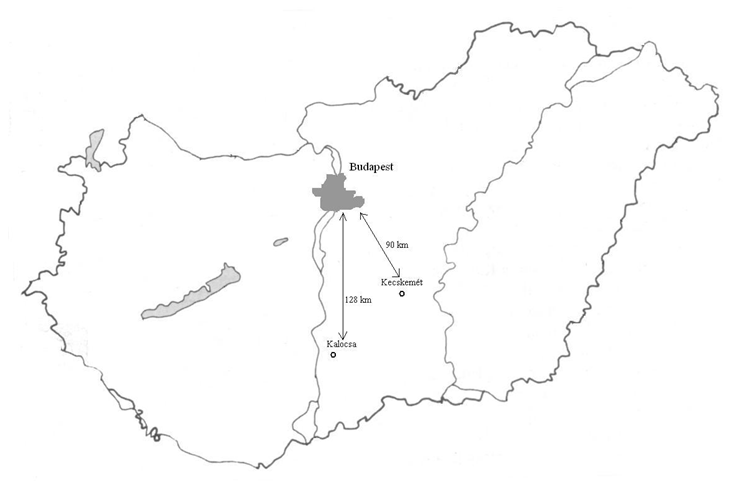
Things to know about Kecskemét
Kecskemét is the chief town of Bács-kiskun county. It is the largest town in the Danube-Tisza Interfluves. It lies about 70 km north-east from the capital. It is easily accessible from the capital, it takes about an hour by car to get to Kecskemét on M5.
Kecskemét is a characteristic town of the Hungarian Great Plain and probably the most important cultural and economic centre not only of the region but that of the whole country as well. Its dominance is also shown by the fact that Mercedes established one of their European assemling factories in the town in 2011.
Things to know about Kalocsa
Kalocsa is a typical small town of Bács-kiskun county. It lies about 100 km south from the capital on the bank of the River Danube, which is the largest river of Hungary. It is mostly agricultural, the world famous product of the townis the Kalocsa red paprika, which is a culinary ingredient of the Hungarian cuisine.
The town has also gained world fame for Kalocsa folk embroidery and its national costume, which are closely connected to national folk traditions, dances and music. The town is also an archbishopric and a cultural centre.
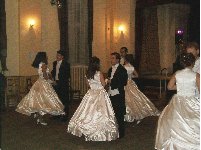
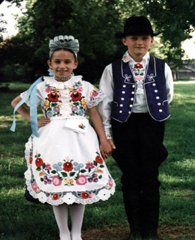 Kalocsa is a 1000-year old town situated in the West of the county Bács-Kiskun, about 120 km from Budapest, at the Danube, close to the Southern border of the country. It has a population of about 20 000 people and is a centre of commerce, culture and education in the region.
Kalocsa is a 1000-year old town situated in the West of the county Bács-Kiskun, about 120 km from Budapest, at the Danube, close to the Southern border of the country. It has a population of about 20 000 people and is a centre of commerce, culture and education in the region.
Kalocsa has become famous for three reasons in the past thousand years. Firstly, it has been a cathedral town since 1002, secondly, paprika has been grown in the region since the beginning of the XVIII. century and lastly, folk art has become world-famous from the XIX. century.
Kalocsa is more or less of the same age as the Hungarian statehood, although the region was already a populated area during the conquest of Hungary. The first Hungarian king founded the church districts in the territory of the St. Steven’s family, the Árpád clan, that is how Kalocsa was awarded with the archbishopric. It is now, following Esztergom, the second centre for the Hungarian Catholic Church.
Kalocsa and the region has been one of the most important paprika growing areas in Hungary since the 1700s. Local farmers of the region first grew the “red gold” for their own use, but later they grew it for a nationwide distribution and from the beginning of the XX. century on export as well. The hotness-free paprika was invented in a research institute of Kalocsa around 1920, so that was the place where this product set out to conquer the world.
The “Kalocsa folk art”, which has the well-known patterns of natural plants, was formed using the elements of the living peasant art of the last third of the XIX. century. Its roots and way of depiction date back to the long past, but its specific colour spectrum comes from the beginning of the XX. century. Its signs can be spotted on woodcarvings, pottery, folk wall painting and textiles. It has been made world-famous by embroidering, china ware and folk wall painting.
